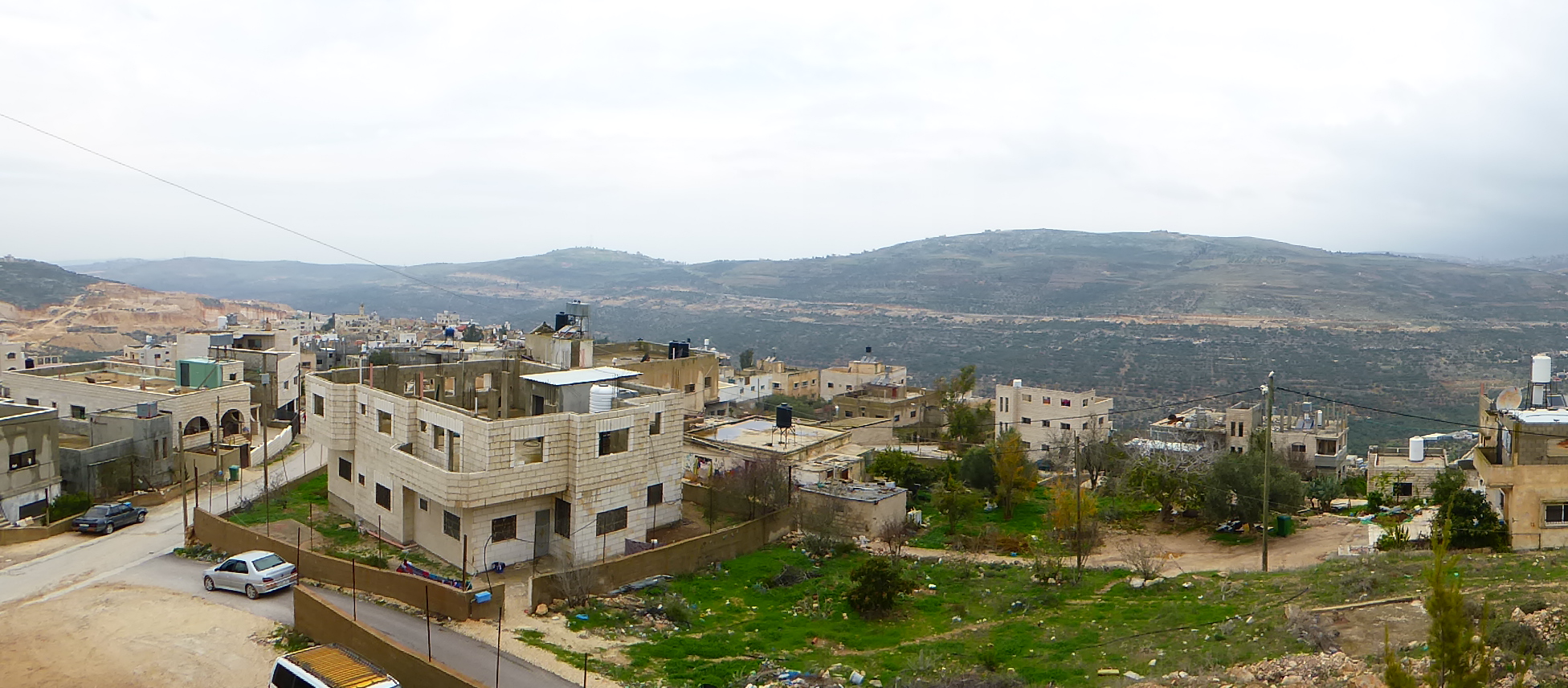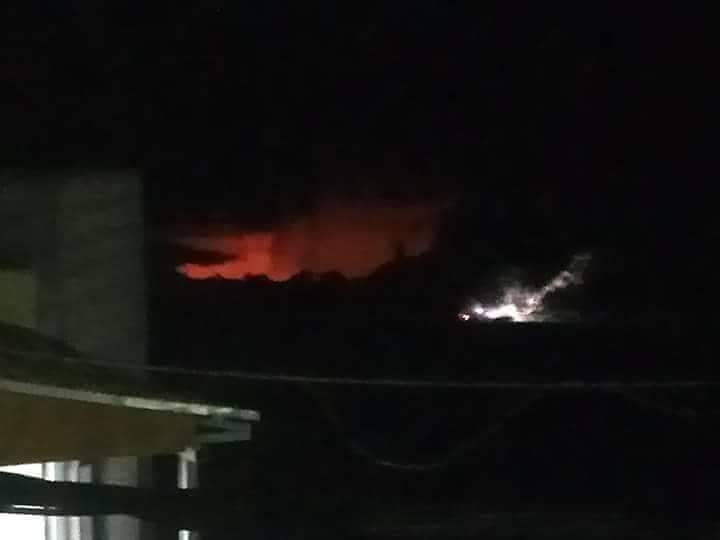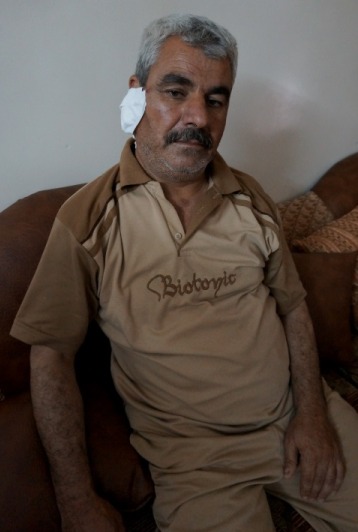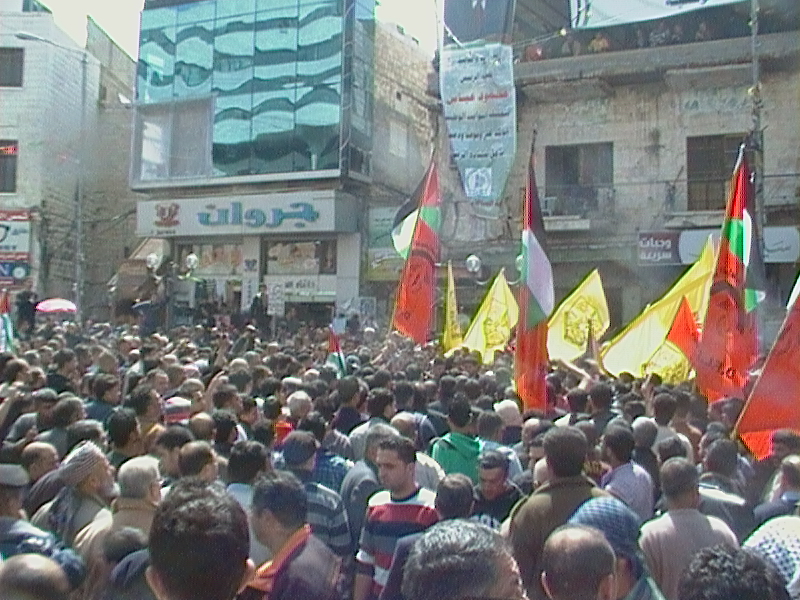Tag: Asira al-Qibliya
-

The slow genocide of Palestinians continues in Asira Al Qibliya
13th December 2018 | International Solidarity Movement, Nablus Team | Asira Al Qibliya, Nablus, occupied Palestine “This is the line,” Oussam Khalifa Ahmad illustrates as he takes us on a tour of his threatened land. “We are now passing into (Area) C.” Depending on where you look, some of the land has already been stolen.…
-

Interview: ISM speaks to Hakima Motlaq about a recent soldier and settler attack on the village of Asira
26th August 2018 | International Solidarity Movement, interview by Mariana | Asira al-Qibliya, occupied Palestine Asira al-Qibliya is a village near Nablus that has been terrorised by the illegal Ytzhar settlement since 1982. In any moment of the day or night, settlers can arrive in the village and make violent incursions against the people or damage…
-
![Eight shebab [youths] kidnapped in Asira al-Qibliya](https://palsolidarity.org/wp-content/uploads/2014/06/asira4.jpg)
Eight shebab [youths] kidnapped in Asira al-Qibliya
2nd June 2014 | International Women’s Peace Service | Asira al-Qibliya, Occupied Palestine At around 2 am on Sunday night, five Israeli military jeeps, three large military vehicles, and some 30 soldiers on foot arrived in the village of Asira al-Qibliya (south of Nablus). In total silence, they started entering Palestinian houses without knocking on their doors first. That…
-
Asira Attacked 4 Nights in a Row
7th May 2014 | International Women’s Peace Service | Asira al-Qibliya, Occupied Palestine Israeli army raided the village of Asira al-Qibliya (south of Nablus) at 1 am on 5 May, arresting a 21-year-old, brutally assaulting his uncle, and terrorising the family’s children with attack dogs. Dozens of Israeli soldiers invaded Asira by foot, sneaking in from the backside of…
-
The remains of martyr Ahmad Saleh finally returned to family
20th March 2014 | International Solidarity Movement, Nablus Team | Asira al-Qibliya, Occupied Palestine In June 2002, Israeli soldiers assassinated 18-year-old Ahmad Saleh from the village of Asira al-Qibliya after he entered the illegal settlement of Yizhar. Ahmad’s body was then convicted post mortem to be held for 20 years by the Israeli authorities. Today,…


